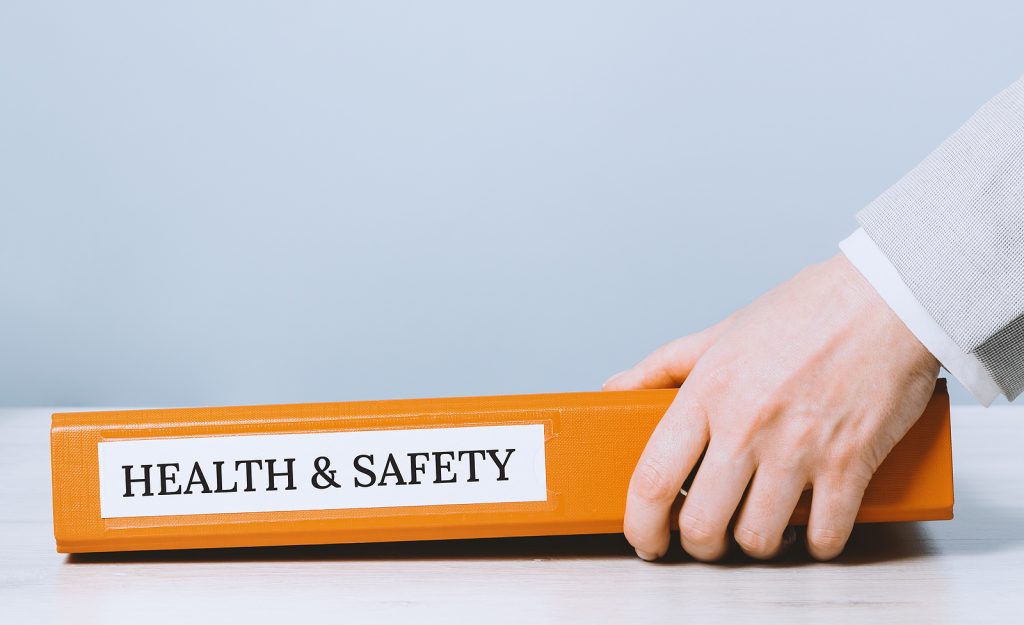
Safety Manuals and Forms
Feel free to download our sample safety manuals and forms. We ask only one thing: Customize them to make them fit your workplace’s specific needs.
For questions on any of our sample safety manuals and forms, contact us.

Search Models, Sample and Manuals
General Safety
The first step to creating a culture of safety is to outline general safety practices expected of your employees.
Topic-Specific Manuals
Topic-specific manuals and training can help your organization target specific safety concerns.
Working with Model Programs
All the versions of Word are a little different, but the instructions below can provide guidance in customizing IMWCA model program and sample safety manual documents.
1. Remove the Watermark (IMWCA | Model)
- Found under “Page Layout”.
- Choose “Remove Watermark.”
IF not found there, try:
- “Design” tab of Word.
- “Watermark” and “Remove Watermark”, which is at the bottom of the dropdown.
2. Update the Revision Date in the Footer
Remember when you last updated or reviewed the policy by changing the “Rev:” Date in the Footer of the Model programs.
- Double-click on the footer.
- Then use the date (at least the month and year) of the last review or update.



